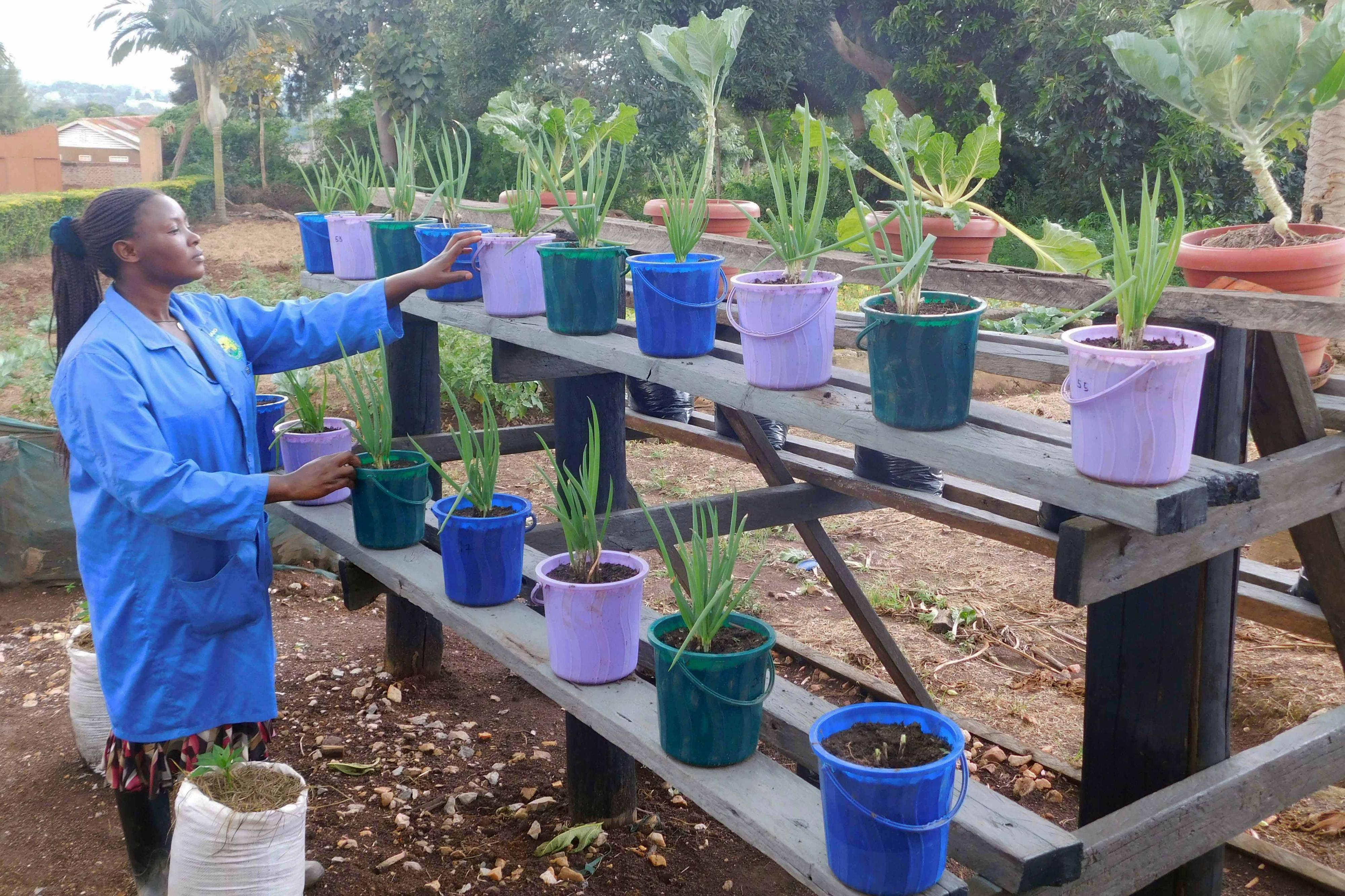Prime
Why conservation agriculture is the way to go

Mr Michael Ssali. PHOTO/FILE
What you need to know:
- Conservation agriculture aims to make better use of agricultural resources through the integrated management of available soil, water, and biological resources, combined with limited external inputs.
According to a booklet prepared by National Agricultural Research Organisation (Naro) titled, “Operational Field Guide for Establishing and Managing Conservation Agriculture Demonstrations,”
Conservation Agriculture is any system or practice which aims to conserve soil and water. It goes on to say, “Conservation agriculture is one of the elements of conservation farming.
Conservation agriculture aims to make better use of agricultural resources through the integrated management of available soil, water, and biological resources, combined with limited external inputs.
It contributes to environmental conservation and to sustainable agricultural production by maintaining a permanent or semi-permanent organic cover (FAO 2002).
Zero or minimum tillage, direct seeding and a varied crop rotation are important elements of conservation agriculture.”
In conservation agriculture the farmer tries as much as possible to avoid digging up the soil even if it is for the purpose of preparing a fine seedbed and controlling weeds.
Digging in a garden has been found to contribute to soil erosion and declining soil fertility.
In this direction farmers are strongly encouraged to limit tillage to ripping planting lines or making holes with a stick, hoe, or jab planter for planting.
The farmer must as much as possible avoid disturbing the soil for whatever purpose. Farmers are further encouraged to keep the soil covered either with dry grass and leaves of some cover plants especially those that fix nitrogen in the soil often referred to as leguminous cover crops.
Examples of leguminous cover plants include mucuna pruriens (velvet bean), Canavalia ensiformis , (jack bean) and some others.
The farmer must also rotate crops to mitigate pest multiplication (Crop Rotation).
In the already mentioned book prepared by NARO and authored by Drake Mubiru, Jalia Namakula, Geofrey Otim, Joselyn Kashagama and Milly Nakafeero it is stated, “In conventional farming the same crop is sometimes planted every season on the same piece of land. This allows certain pests, diseases, and weeds to survive and multiply, and lowers soil fertility, resulting in lower crop productivity. In Conservation Agriculture this is minimized by planting the right mix of crops from season to season. Rotation with legumes helps to improve and maintain soil fertility.”
Conservation agriculture encourages agro-forestry farming practices.
Farmers should plant trees to mitigate soil erosion and to provide shade to some crops. Some of the trees can be used as mulch.
Mr Michael Ssali is a veteran journalist,
[email protected]




